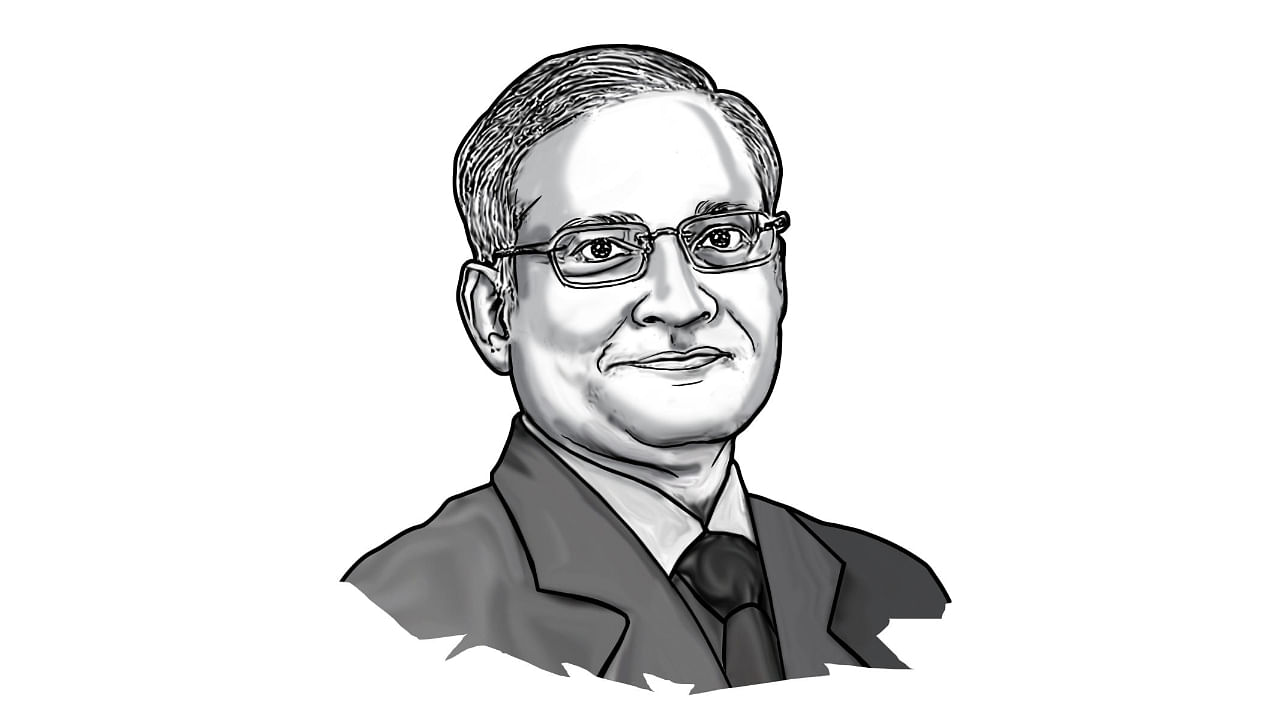
Apart from the expected third term for President Xi Jinping and the installation of his protégé Li Qiang as Premier of the State Council, the ongoing ‘two sessions’ signals an intensification of China’s “decoupling” process with the United States, the strengthening of the Communist Party’s domination of the State, especially its finance and S&T establishments, and a boost to China’s armed forces with a rising defence allocation despite a slowing economy.
China began its annual ‘two sessions’ on March 4 with its advisory body, the Chinese People’s Political Consultative Conference (CPPCC), and parliament, the National People’s Congress (NPC) meeting at Beijing. This is the first full-fledged session of these two bodies after Covid lockdowns were lifted in December. The previous sessions were truncated due to the Covid restrictions since its outbreak three years ago.
At the 2018 session of the NPC, following the 19th Communist Party Congress the previous year, the two-term limit was lifted to pave the way for Xi to stay on for another term at the current session. Deng Xiaoping had suggested and implemented two-term limits so as to promote youngsters in the party as well as curb excesses as witnessed during the Gang of Four rule in the 1970s. Xi has thus jettisoned Deng’s reform.
Also, soon after the Tiananmen Square incident in 1989, the Communist Party vowed to strengthen its control over all walks of life in China. As a result, the Company Law of 1993 ordered all companies – both domestic and foreign – to allow Communist Party cells to operate within them. As the “leading” organ of the party-state, the Communist Party gradually began not only to penetrate the enterprises but also into various State organs.
With the intensification of reforms and China becoming the second largest economy, mainly reflected by its burgeoning exports, Xi began sensing that the party’s influence over tech companies was decreasing. Alibaba chief Jack Ma’s October 2020 criticism of the country’s banking system deepened Xi’s suspicion of his political faction’s diminishing control over the society and economy.
Thus, to strengthen the party’s control, on March 8, the State Council released an “institutional reform plan” of various ministries, bureaus and commissions and in “science and technology, financial supervision, data management, rural revitalisation, intellectual property rights, and elderly care.”
Such reforms have been implemented before. One of the major reforms was the one instituted by then-Premier Zhu Rongji in the late 1990s, which slashed several bureaucratic structures. However, the aim of that structural reform was to strengthen the market economy and enhance productivity. The 2018 reform mainly aimed at slashing the bureaucracy.
However, the March 8 reform measure is to reinstate and expand Xi’s factional leaders in the bureaucracy and remove Communist Youth League and other factions. Previously, Xi began the “comprehensively deepening reforms” committees, but their effectiveness for his political control remained doubtful.
Among the current measures, apart from slashing about 5 per cent of the bureaucracy, two new commissions would be proposed for finance and science and technology sectors, as these are seen as growth sectors, but also as crucial for the future economic growth of China. The stakes for political control of these two rising sectors is obvious, given the increasing geopolitical differences with the United States and as a domestic balancing measure.
On the military (PLA) front, the outgoing Premier announced an increase of 7.2 per cent in defence allocations for 2023, over and above the national economic growth target “of around 5 per cent”. Last year, China failed to reach the set target of 5.5 per cent GDP growth (it hit less than 3 per cent) but the growth in defence budget continued at 7.1 per cent. The increase in allocations is said to strengthen the move to build the PLA into a “world-class military” and strengthen its ability to regain “lost territories.”
Most significantly, on March 6, Xi took direct aim at the United States. In an unusual statement, Xi said that in the past five years, which he described as an “extremely unusual and extraordinary” period, “Western countries led by the United States have contained and suppressed us in an all-round way, which has brought unprecedented severe challenges to our development”. Such a combative posture, which began after President Trump initiated “tariff wars” in view of trillions of dollars in trade deficits in favour of China, is expected to be the defining characteristic of Xi’s third term.
With such a confrontational messaging, the outcome of the ‘two sessions’ will also impact India, which is facing China’s ire since the Galwan clashes in June 2020 when 20 Indian soldiers died at the hands of the Chinese. China is sending a clear message: Either India is with it or with the US – there’s no third way possible!
(The author, a JNU Prof, has been Peking behind the Bamboo Curtain for 30 years. @SrikanthKondap8)